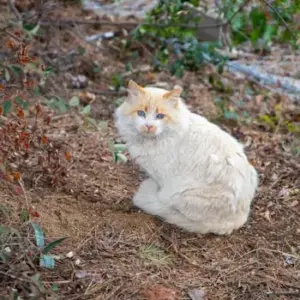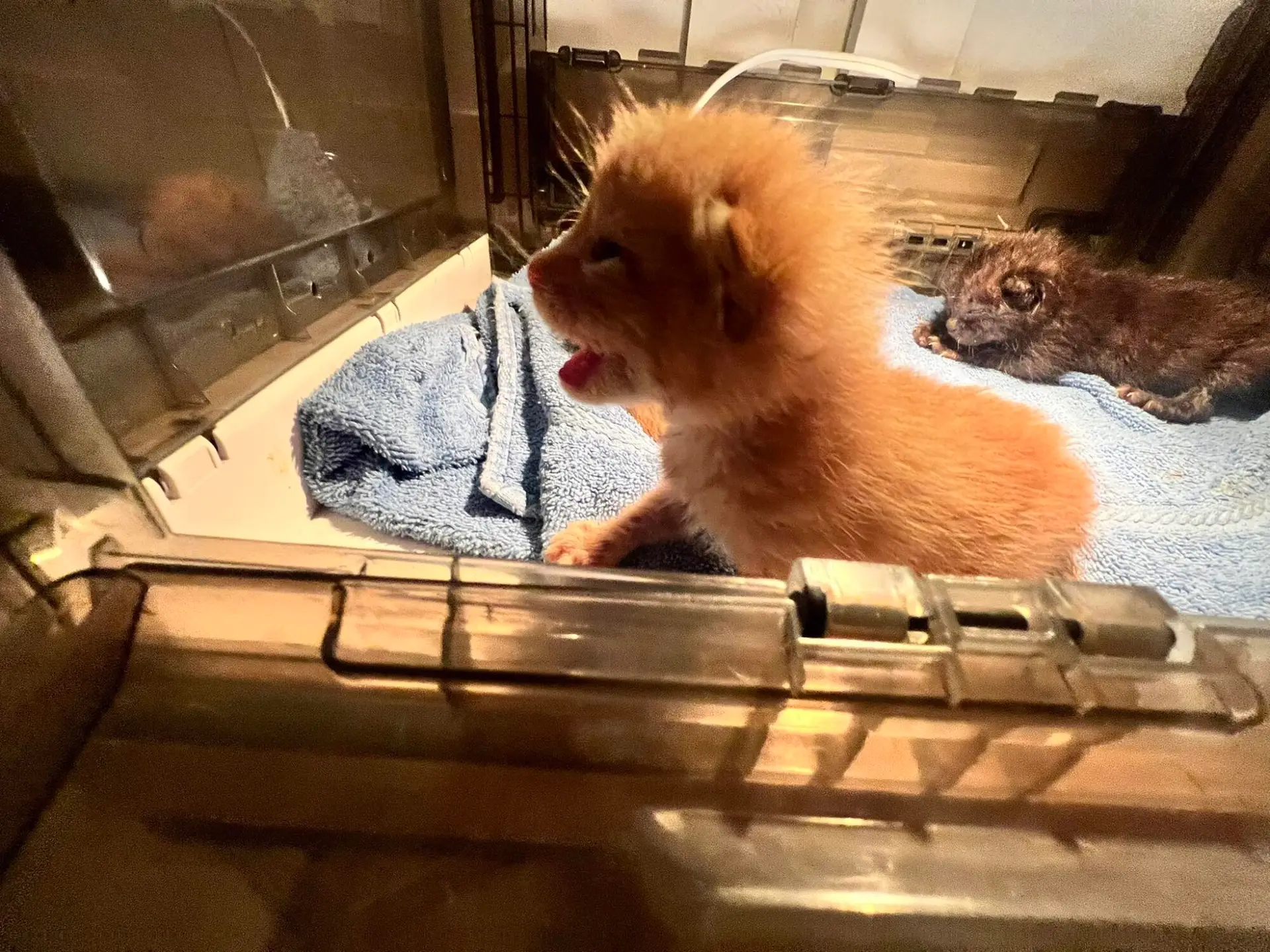If you’ve ever seen a skinny cat dart across a parking lot or watched kittens pop out from under a shed like tiny, meowing popcorn, you’ve already witnessed the feral cat crisis in our area. Here at The Kitten Cradle, we deal with it every day—and trust me, it’s not just a few cats. It’s thousands.
One of the best ways we can start making a dent in this problem is through something called TNR: Trap–Neuter–Return.
Let me tell you what that actually means, why it works, and why we desperately need more of it in Shreveport and Bossier.
🧺 So, What Is TNR Really?
TNR is simple and humane:
-
Trap the cat using a safe, live trap.
-
Neuter or spay the cat (and vaccinate—especially for rabies!).
-
Return the cat to the area it came from—usually within 24 hours.
If the cat is social or still young, we try to foster and find it a home. But for the true ferals—cats that have lived their whole lives outdoors—TNR gives them a chance to live their lives without constantly breeding and spreading illness.
😿 The Problem We’re Facing Nation- Wide
Here’s what we’re up against:
-
Unneutered female cats can have up to 3 litters a year. That’s 12+ kittens—per cat—per year.
-
Nationally, 1.4 million cats are euthanized in U.S. animal shelters each year mostly because they’re feral and not adoptable. That number is likely similar here in Shreveport/Bossier.
-
A huge number of feral-born kittens die before they reach 6 months—illness, predators, dehydration, parasites, cars… it’s not a gentle life.
And it’s not just sad—it’s expensive. Every cat a city picks up has to be housed, fed, and often euthanized. That adds up fast.
💉 But Aren’t Feral Cats Dangerous?
I hear this a lot.
Yes, feral cats can carry diseases: FIV, FeLV, ringworm, upper respiratory infections, parasites, and in some areas—rabies. But when we TNR a cat, it’s vaccinated. And a managed colony (meaning someone keeps an eye on them, feeds them, and TNRs new arrivals) is usually healthier and cleaner than a completely unchecked one.
Plus—feral cats are amazing at natural pest control. They keep rats and mice out of barns, garages, sheds, and alleys. That’s a big win in my book.
💸 TNR Saves Money—A Lot of It
Let’s talk dollars:
- TNR usually costs $50–$65 per cat if you’ve got a good vet partner.
- Shelter intake + euthanasia + staff time? $100–$300+ per cat.
- Multiply that by hundreds or thousands of cats per year… yeah. It adds up.
In places like Florida and Illinois where cities embraced TNR, they saved hundreds of thousands in taxpayer dollars. In one county, it was $1.5 million over just a few years. Imagine what that could mean here in Northwest Louisiana.
🏝 Florida Example: Orange County
- In a 10‑year TNR campaign, 7,903 feral cats were sterilized for about $442,568, compared to $1,098,517 if they had been impounded and euthanized—a saving of $655,949 reddit.com+14en.wikipedia.org+14allivet.com+14.
📍 What It Could Mean for Shreveport–Bossier
We don’t have local data yet, but if we use these benchmarks:
- At $60 per cat, a TNR campaign for 1,000 cats costs about $60,000.
- If those same cats went through sheltering and euthanasia at $130 each, the cost jumps to $130,000.
- That’s a $70,000 savings on just 1,000 cats—and most programs continue to trap thousands yearly.
🧠 Here’s the Truth: It’s Okay to Have Feral Cats

I’m going to say something controversial but true: It’s okay to have feral cats.
We’ve always had them, and we always will. The problem isn’t their existence—it’s the unchecked reproduction that leads to so much suffering.
Cats breeding nonstop means more sick kittens, more car-struck animals, more shelter overload, more sadness. We can break that cycle without hurting the cats.
🚨 Why Shreveport/Bossier Needs TNR Now
- We’re overwhelmed with intake requests daily.
- The shelters are packed.
- Neighborhoods are overrun and frustrated.
And it doesn’t have to be this way.
With some support, we could:
- Host regular TNR clinics.
- Train volunteers to trap and transport cats.
- Set up feeding stations and colony management.
- Reduce the number of kittens being born in dumpsters, ditches, and under porches.
🐈 So… What Can You Do?
- Donate to support our TNR fund (seriously, even $10 helps).
- Foster kittens so we can pull them out of dangerous places.
- Volunteer to trap or help transport.
- Talk to your neighbors about not feeding unneutered cats.
- Spread the word that TNR is the only solution that actually works.
Next Up on the Blog…
In next week’s post, I’ll walk you through how to start a small TNR effort in your neighborhood—even if you’ve never trapped a cat before.
Until then, hug your indoor cat, keep an eye on your backyard visitors, and remember: we’re all in this together.
— The Kitten Cradle 💛


